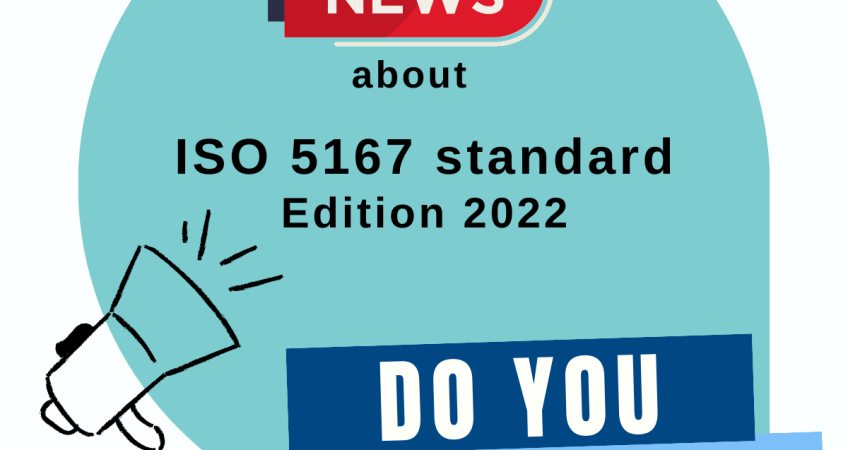Explanations on main evolutions of ISO 5167 2022 version compared to previous versions
Which parameters have been adjusted ? How to find the correct information ? You will find answers and explanations here.
ISO 5167-1 - general principles
- Additon of section 5 : ISO5167-5 cone meter
- Addition of section 6 : ISO5167-6 wedge meter
- Explanations of the mounting of several pressure transmitters with interconnections
- Addition of an annex concerning the turndown ratio : turn-down ratio up to 1:42 with connection of 3 differential pressure transmitters - with examples and details in the standard
- Addition of an annex concerning calculation details of measurement uncertainty
- Addition of an annex concerning permament pressure drop details for primary elements - with examples
ISO 5167-2 - orifice plates
-
Rewording for fittings concerning ustream straight lengths requirements
-
Minor modifications for space rules for multiple fittings
-
Description of calibration (for orifice plates out of the scope of the standard)
ISO 5167-3 - nozzles and venturi-nozzles
-
Minor modifications for harmonization with other parts of the standard
ISO 5167-4 - venturis
- Individual pressure taps allowed (no obligation of annular chamber or "triple T" connection)
-
Machined venturi reynolds number ReD no longer upper limited : adjusted discharge coefficient for ReD > 106 (C=1 for ReD > 106 and C=0.995 for ReD < 106)
- Cylindricality upstream of the pressure taps on a length of 2,5.D (compared to 2D)
- Description of calibration (for venturi tubes out of the scope of the standard)
ISO 5167-5 - cone meters
- Modifications of the cone main angles
ISO 5167-6 - wedge meters
- Addition of an annex on the kd2 parameter linked to the discharge coefficient
- Details on the uncertainty on discharge coefficient
